🧑💻 How to Procrastinate Procrastination Itself
We know it's bad: that quick 5-minute Facebook break that somehow turns into an hour of phone scrolling. Just imagine what could have been accomplished during that time…
It’s no wonder even the best of us fall prey to procrastination. It’s so tempting to distract ourselves from tasks we’d rather not do.
But don’t fret, there is hope. There’s lots of effective strategies out there that can turn even the most skilled procrastinators into productivity machines.
Today, let’s look at 3:
🧠 The Eisenhower Matrix
🕰️ Time Blocking
🔗 Implementation Intentions
Read time: 4 min 30 sec

🧠 The Eisenhower Matrix
The Eisenhower Matrix helps you prioritize your to-do list. It categorizes tasks into four distinct quadrants based on urgency and importance:
#1- Urgent and Important: Tasks in this box need to be completed now.
For example, if you have a proposal due that afternoon or there is a crisis that requires your immediate attention. You absolutely cannot procrastinate on these tasks.
#2- Important, but Not Urgent: These tasks are usually about business strategy and long-term goals.
For example, taking courses to learn new skills or making plans to expand your business in the future. They’re important, but if you don’t complete them now, your world won’t come crumbling down.
#3- Urgent, but Not Important: Tasks here appear urgent but don’t help you meet your overarching goals.
For example, emails that could be answered by someone else or non-essential meetings. These are lower-priority activities.
#4- Not Urgent and Not Important: These are tasks that are neither pressing nor essential.
For example, scrolling through instagram or organizing your mug collection. If you’re trying to achieve your goals, these tasks aren’t helping you get there.
This method was created by Stephen Covey, author of The 7 Habits of Highly Effective People, based on a quote from Dwight D. Eisenhower.
Today, many people use this task management tool to prioritize their to-do list and enhance productivity.
Think about which tasks fall under your important but not urgent column. Learning which tasks you need to schedule to do will help you maximize productivity with the next tool…

No one in the crypto industry wants to admit this, but most retail traders lose money.
While those late to the party finally get in, project founders, VCs and early investors sell their bags for millions.
That said, there are still hundreds of tokens with 10X potential, you just need to find the right ones.
Crypto is an alpha-driven industry, where those who are early gain outsized returns, often for FREE via airdrops.
If you want tojoin our exclusive community where we break down trending crypto news, hand-pick new tokens with 10X potential and share ALL of our trades, click on THIS LINK here. Or keep scrolling, the choice is yours.

🕰️ Time Blocking
Time blocking is a great way to organize your schedule into dedicated blocks for specific tasks.
Some great AI tools that will organize your tasks for you include Motion, ReclaimAI, and BeforeSunset AI.
Rather than reacting to events as they unfold, you proactively schedule time to address them. Here’s how you can get started:
#1- Define Your Blocks: Segment your day into focused periods for tasks such as deep work, meetings, breaks, and personal activities. Align each block with your identified priorities from the Eisenhower Matrix to make sure you complete essential activities.
#2- Stick to Your Schedule: Once set, commit to following your schedule. Set clear boundaries to minimize distractions and communicate your availability to colleagues and team members.
#3- Evaluate and Adjust: Regularly review your time blocks to optimize productivity. Reflect on what worked well and identify areas where adjustments are needed.
Time blocking enhances efficiency by reducing multitasking and decision fatigue. By proactively managing your time, you reduce the likelihood of procrastination.

🔗 Implementation Intentions
Implementation intentions are plans that link a desired action with a specific situational cue.
Vagueness is the biggest enemy of action. Making a plan isn’t enough. Instead, be specific.
This psychological technique bridges the gap between intention and execution, making it easier to start a task:
#1- Define Clear Goals: You need to know what you are working towards. Without a clear goal, there is no motivation to change. So whether you’re trying to finish writing an article or complete a project, keep the goal at the forefront of your mind.
#2- Identify Trigger Points: Pinpoint the situational cues or triggers that will prompt action. I like to use “If , then ” statements. For example, “If I feel like looking at my phone, then I will review my task list instead.” or “If I want to go talk and distract a colleague, then I will respond to 5 emails instead.”
#3- Commit and Execute: Make these plans a part of your daily routine. By mentally rehearsing the planned action in response to the identified trigger, you are more likely to follow through and minimize procrastination tendencies.
Implementation intentions keep you in a proactive mindset. Once you commit, you no longer have to decide not to procrastinate; you simply follow through with your new habit. This transforms your intentions into concrete actions.


